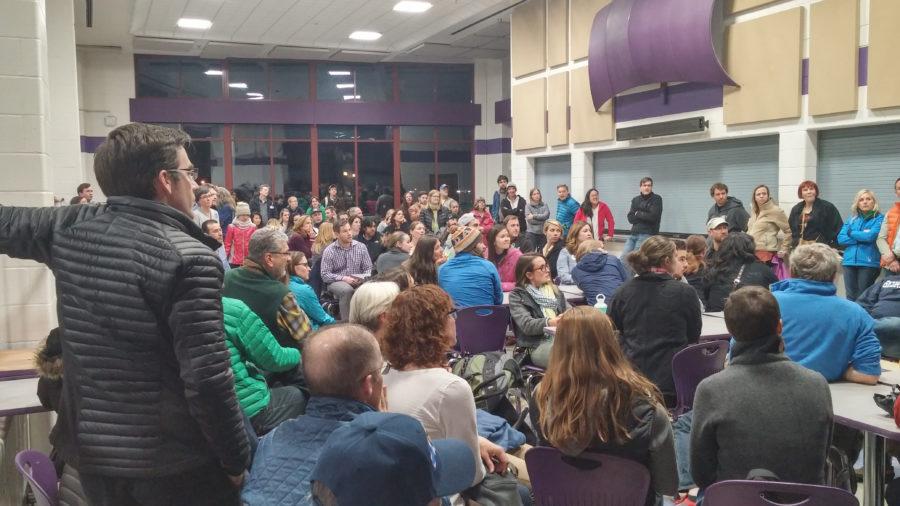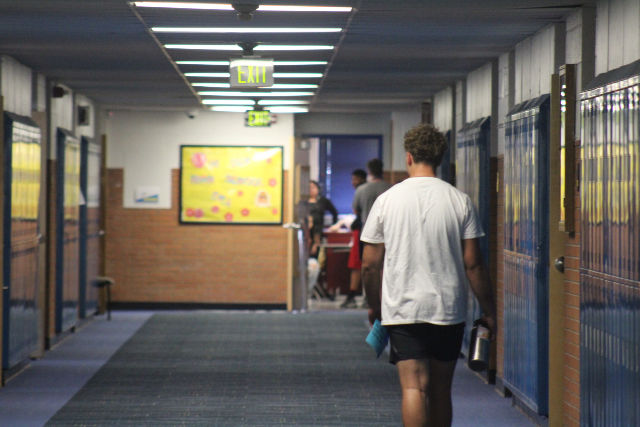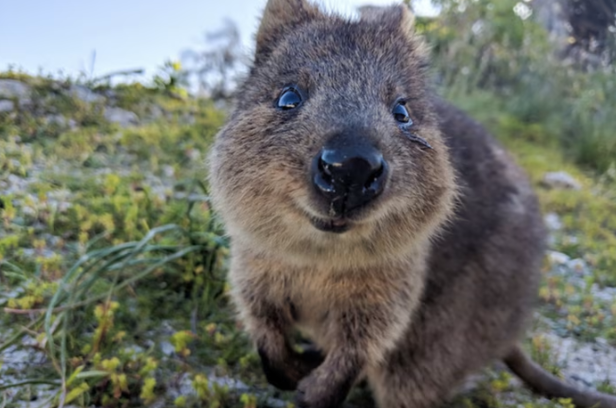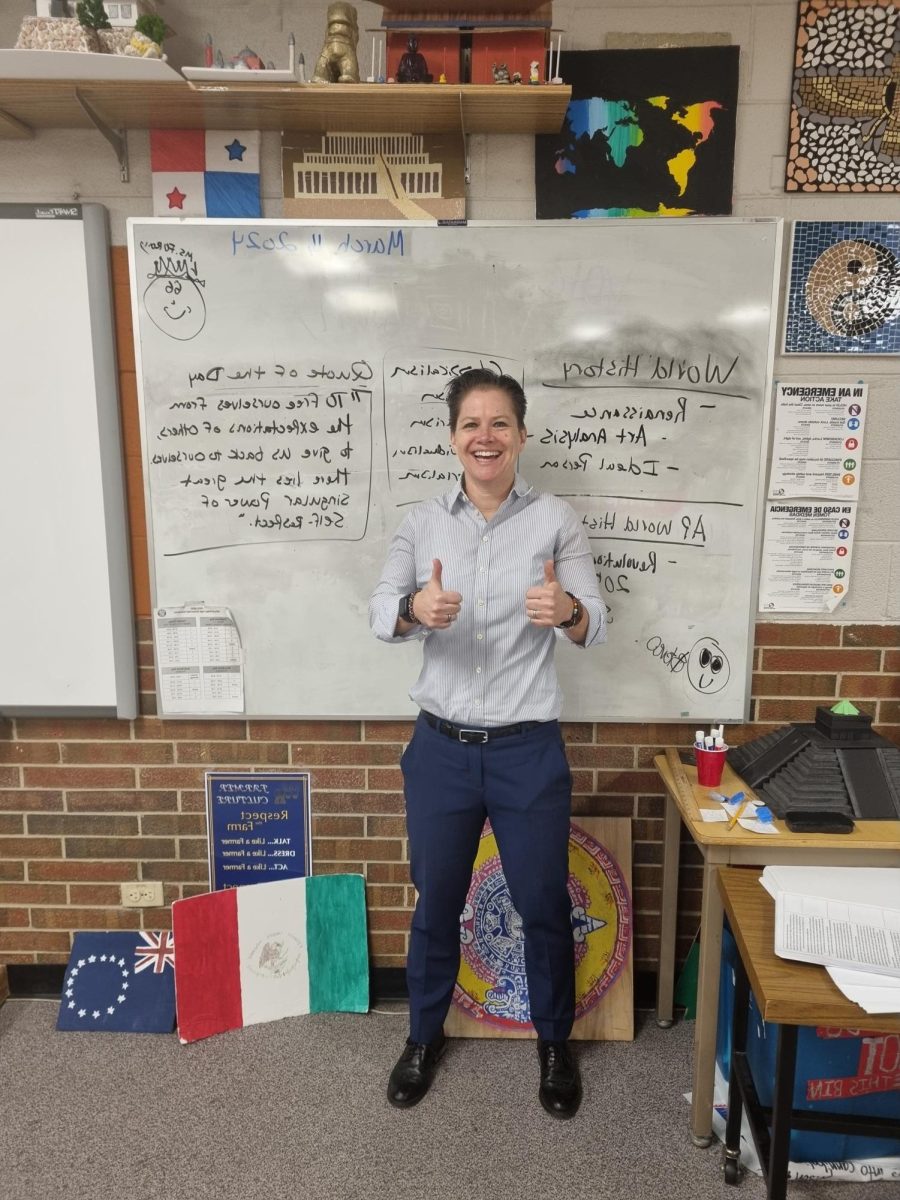By Rachel Vigil
In a stuffy, crowded auditorium at North High School the room falls silent as a party chairman steps up on stage.
He slowly reads all the rules for the Democratic caucus for about twenty minutes. After that, people split up into their precincts. It’s all a bit tedious, but on Tuesday night in Colorado thousands of people across the state participated to make their voices heard. This was at the same time that 13 other states were also deciding on their preferred candidates in similar rooms across the country.
In Colorado, only the Democratic party held caucuses to determine the state’s delegates to determine the presidential candidates of the upcoming 2016 presidential election. Although there were other candidates for local races, such as the attorney general, being decided on at the caucuses as well, most people came for the presidential election and left right after they had voted for their candidate. Bernie Sanders won Colorado with 33 delegates, compared to Clinton’s 24.
However, across the country, Clinton took the majority of the democratic primaries. She ended the night with victories in Alabama, Arkansas, Georgia, Massachusetts, Tennessee, Texas, and Virginia. Sanders only won Colorado, Minnesota, Oklahoma, and Vermont. Clinton now has 1,001 of the 2,383 delegates needed to win the nomination, compared to Sander’s 371 delegates.
On the Republican side of the night, Trump triumphed over the other candidates. He took Alabama, Arkansas, Georgia, Massachusetts, Oklahoma, Vermont, and Virginia. Although Ted Cruz only won Texas, Oklahoma, and Alaska, he viewed the night as a victory. Cruz stated in his speech on Super Tuesday after finding out that he had won Texas and Oklahoma, “We are the only campaign that has beat Donald Trump once, twice, three times!”
At a distant third was Marco Rubio, who only took Minnesota on March 1. Both Ben Carson and John Kasich won no states and both have a nominal amount of delegates.
Though Super Tuesday does not guarantee who will receive their party nomination, it does give a good idea of where candidates stand. Clinton and Trump continue to be clear front runners, but with a long road to nomination and more than 30 states still left to hold primaries, anything could happen.







